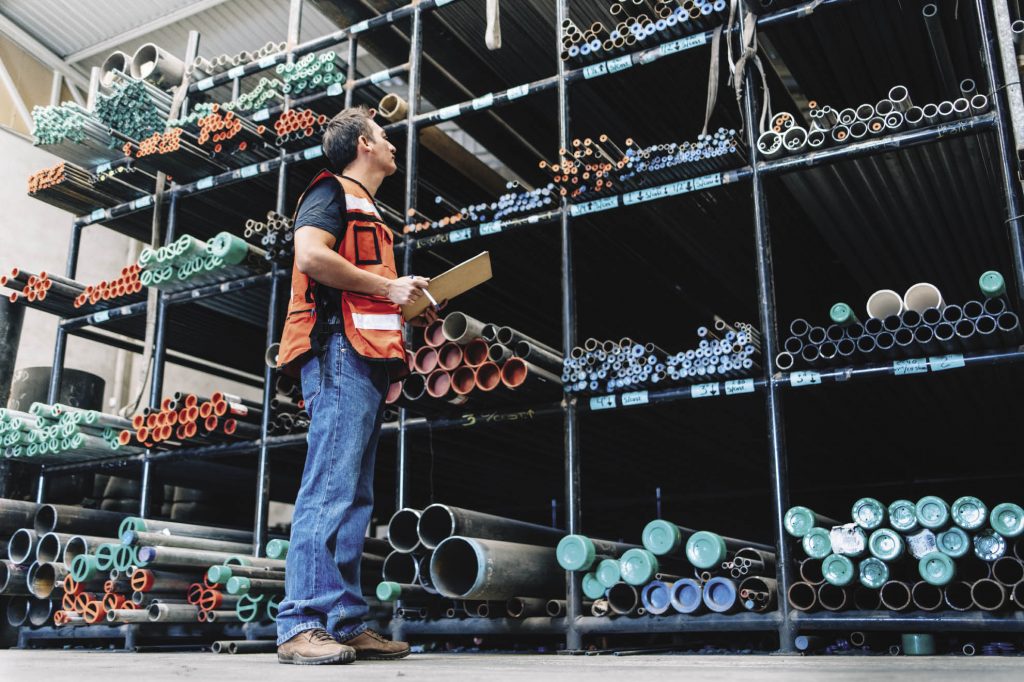
Maintenance Must Win Battles
June 15, 2020 | By Peter Philips
 Photo Credit: ferrantraite / Getty Images
Photo Credit: ferrantraite / Getty Images 
Photo Credit: ferrantraite / Getty Images
Recently, I wrote an article on getting back to maintenance basics. The article discussed maintenance fundamentals and how they affect equipment reliability. The maintenance department will always have lots of priorities on the plate, but in order to deliver equipment reliability, some basic maintenance battles must be won.
These are not hard battles, they’re not even expensive. However, they take time and a great deal of commitment. These battles are key ingredients that can move the reliability needle in the right direction.
They fall into a few simple categories.
1. Spare part storage;
2. Area improvement boards;
3. Work order planning and scheduling;
4. Work order management;
5. Workshop organization, and;
6. Internal maintenance communication.
Spare part storage
Spare part storage is first for one reason: the time it takes to implement a functional storeroom. If your storeroom is unorganized, filled with used parts, and looking for a needed part resembles a scavenger hunt, then there is a lot of work ahead. Unfortunately, 50 per cent of all storerooms fit in this category.
An organized and managed storeroom provides the parts needed to maintain the equipment. Technicians need to find the parts they need as quickly as possible; the industry benchmark is 90 seconds. The result is the reduction of overall downtime and equipment availability. A CMMS system tracks parts checking in and out of the storeroom and reorders inventory automatically.
Getting to this point is a labour-intensive undertaking. Spare parts management policies and procedures need to be developed, executed, and maintained. The actual reorganization needs to happen in the shortest time possible. Purging parts, cleaning, and reorganization need to happen quickly, so disruption for the technicians looking for parts is held to an absolute minimum. Assigning the appropriate resources is extremely important to get the organization completed. Storeroom projects often fail because of underestimating the labour and commitment it takes to make the finish line.
The other five categories can be done in any order, but all are equally important.

Photo credit: FG Trade / Getty Images
Area improvement boards
Area improvement boards (AIB) are developed to improve communications between maintenance and operations. The basic idea of AIBs is to create a sense of ownership between the two parties for the area and equipment they are responsible to operate and maintain. The end result is better equipment reliability.
Unfortunately, the AIB often fails. It starts out with good intentions, but the commitment to train the people on the AIB process, and the role each group plays, is often overlooked, and sustainable processes are not put in place. The AIB can be very complicated with too much information and it can quickly lose its lustre. Many companies have revisited the AIBs to simplify the process, and the goals they were designed to achieve.
These modified AIBs give maintenance and production personnel the opportunity to discuss daily what needs to be done to keep the equipment reliable. Their primary purpose is to find and fix problems before they cause production downtime.
Every day, the two parties meet, along with others (for example, the area engineer), to discuss repairs and improvements on the equipment. They decide the seriousness of the issue and when the repair needs to be completed. Management supports the process weekly with their attendance at the daily meeting, where the technician and operator present to them the plans for equipment maintenance and improvements. Attending the daily meeting is the highest priority on everyone’s list of responsibilities.

Photo Credit: Morsa Images / Getty Images
Work order planning and scheduling
Work order planning and scheduling determine the success of maintenance activities, and their time execution. In recent years, companies have hired maintenance planners with the sole responsibility of preparing everything that will be needed to complete a job start to finish. With the storeroom organized, work order kitting can be implemented, and all parts can be staged in advance. Weekly work schedules are prepared in consultation with the production department, and a work order schedule is displayed on the work order management board.
Work order management
Work order management boards are used to organize and display the work assigned to technicians. There are mail slots for every technician, and the work orders are categorized into work needing downtime and work that can be completed when the equipment is running. They also have a project work order slot, and there is a place for opportunity work orders that can be done when a line goes down unexpectedly. Work order schedules are posted on the work order management board, so everyone is aware of today’s and this week’s plan. There is a daily meeting held by the planner and supervisor with the technicians to discuss work assignments, work completed, and lessons learned.
Workshop organization
Most commonly, companies talk about 5S projects for the maintenance shop. Historical poor housekeeping habits have become the norm in many maintenance shops: dirty floors and walls, benches covered with broken parts, and tools left lying around everywhere. Technicians’ personal toolboxes and storage lockers are not near a professional standard. Clean and organized maintenance shops and tool rooms promote a sense of structure, pride, and responsibility, which spills over to the work done out in the plant. Industrial trades are a professional occupation and a 5S workshop improves that mentality.
Internal Maintenance Communication
Internal maintenance communication between shifts, and with maintenance management, is often handled through a simple whiteboard incorporated into the work order management area. Technicians and management post key equipment issues to help the next shift, and to identify major equipment priorities that can affect reliability.
These six categories must win maintenance battles. They do not cost a lot, but they do need commitment, and need a sense of urgency to get them implemented. Companies that have gone down this path and have a sustainable plan to keep them firmly in place, have seen a big increase in equipment reliability. They have won the battle with simple basic things that save thousands of dollars for maintenance, production, and quality every single day. MRO
